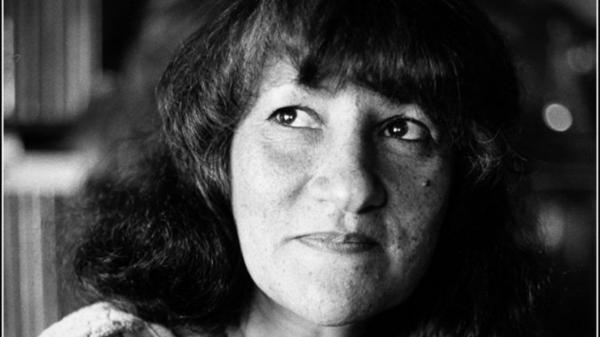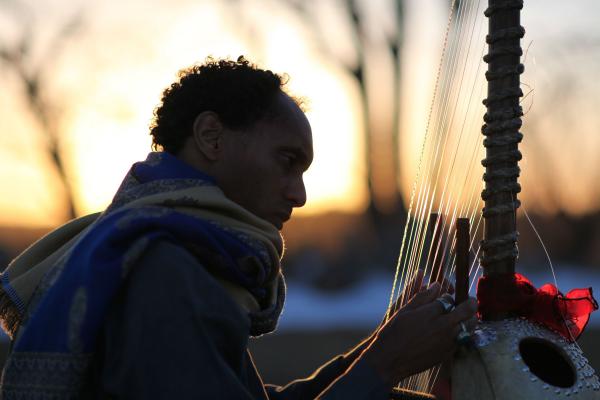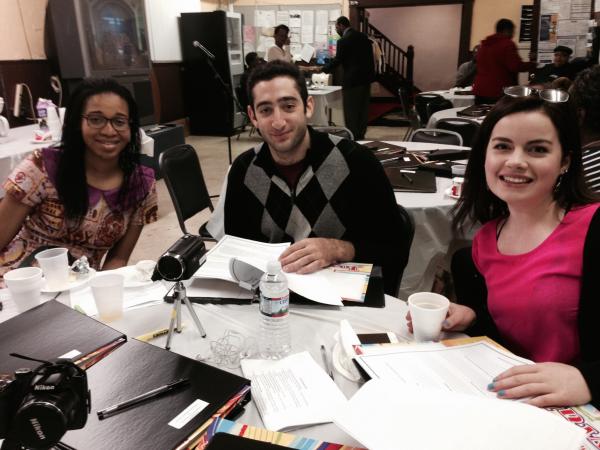Hearing Africa: Old and New Diasporas. What is Africa? What are Diasporas? Old Diasporas? New Diasporas? And what exactly are we hearing?
by Amatullah Ndam Njoya (Hearing Africa Freshman Seminar, Fall 2014)
Through selected readings, video clips, and trips around Philadelphia, this course helped me bring an answer to these important questions. I was able to gain a greater understanding of what it meant to be part of a diaspora. Most importantly, I was able to learn about the musical expression of the African diaspora as well as the ways in which music could serve as a “bridge” connecting dispersed communities to their homeland. As an international student, now living outside of my home country, the information was valuable and relatable. As a freshman, the trips allowed me to leave campus and explore Philadelphia.
According to Merriam Webster’s online dictionary a diaspora is “a group of people who live outside the area in which they have lived for a long time or in which their ancestors lived.” What I learned from taking Hearing Africa Old and New Diasporas, was that diasporas are more complex than this definition made it seem. In this age of globalization, so many different forms of immigrant communities exist around the world. They differ in size, culture, beliefs, and degree of attachment to their “homeland.” Most evidently, these communities continue to evolve over time given the rise in new technologies. With the Internet, Facebook, or Skype, new Diasporas are able to maintain relationships, which would have been impossible for older diaspora’s to maintain. I was able to gather most of this knowledge from readings such as Paul Gilroy’s Black Atlantic Modernity and Double Consciousness. By comparing the African diaspora to the Jewish diaspora, and by discussing their evolution over time, the author gave me a deeper understanding of these communities. In fact, most of the readings that were assigned were meant to make us understand the diaspora, their struggles, and the ways they cope with being away from home and having this dual-identity.

Samitha Bea Benjamin (http://mg.co.za/article/2013-08-21-jazz-singer-sathima-bea-benjamin-dead-at-76)

Abdullah Ibrahim (http://crossroads-it.org/crossroads_2002/foto.htm)
With a greater understanding of diaspora, it became much easier to study and analyze the music that it produced. I began to notice the recurrent themes in the work of the artists of the diaspora that we listened to in class. These themes included the longing for home, the search for an identity, and even the denouncing of political oppression in their home country. For example, musicians Abdullah Ibrahim and Sathima Bea Benjamin advocated against Apartheid in South Africa. In terms of the music itself, artists also often used native rhythms or instruments to remind of their origins. Tunde Jegede for instance integrated the Kora—West African harp—in his classical compositions. It was clear in the audio clips that we listened to that just like Tunde Jegede, artists of the diaspora tended to blend their dual heritage. These artists also blended tradition and modernity as we were able to see at the Memory, Place, and Desire exhibition at Haverford College. El Seed’s calligraphitti is a beautiful blend of two different artistic cultures, one old and one new: Islamic Calligraphy, and Street Graffiti.

Tunde Jegede playing the kora (image source: https://www.youtube.com/watch?v=gRTUNSJO7Qs)

El Seed’s piece in the exhibit Memory, Place, Desire at Haverford College
(image source: http://exhibits.haverford.edu/memoryplacedesire/artists/el-seed/)
Trips outside of the classroom such as the one to Haverford College enabled us to see firsthand what we were studying in class. We were able to listen to the music of the diaspora by attending numerous concerts around Philadelphia. For me, Tessanne Chin’s performance at World Café Live was the most memorable. Her energy, talent, and desire to represent Jamaica were striking to me. Performances like this one were truly important for us.
Finally, and most importantly, Hearing Africa Old and New Diaspora’s enabled my classmates and I to learn more about our neighbors in West Philadelphia. We were able to go to the Millennium Baptist Church and find out more about Gospel music. We then came back to Penn and created a blog for the Church as part of Academic Based Community Service (ABCS).

Amatullah and classmates Matt and Nora at Millennium Baptists’s Gospel Conference
Evidently Hearing Africa Old and New Diasporas was a lot more than a music class. It was about learning about different cultures, and about Diasporas. Because the class was so small, everyone felt comfortable sharing and discussing their views and ideas. This, in turn, made the class even more interesting.